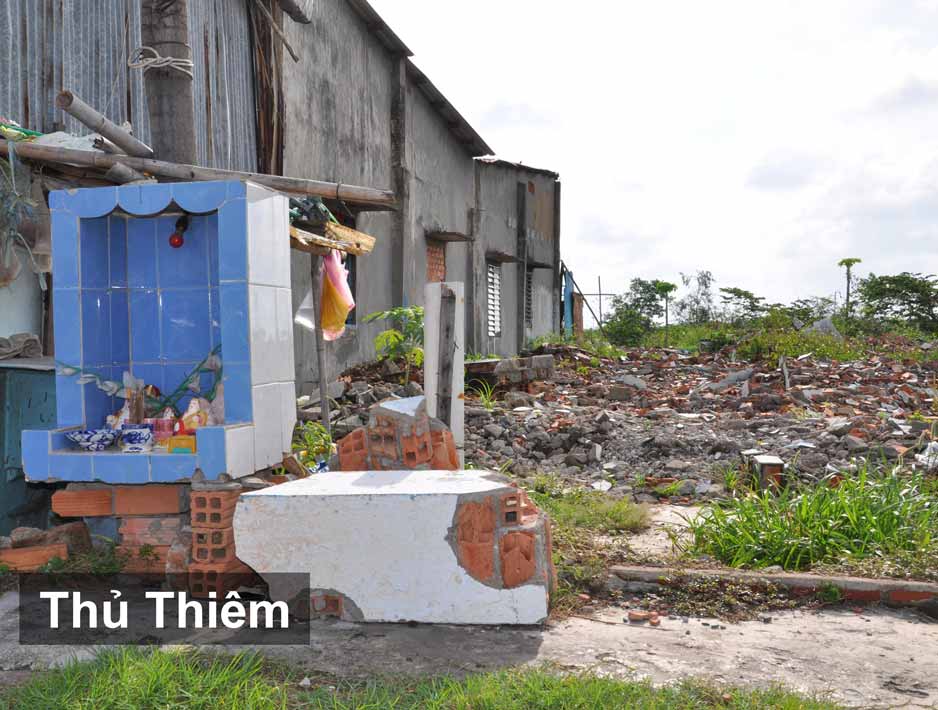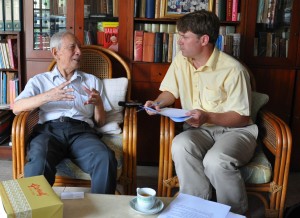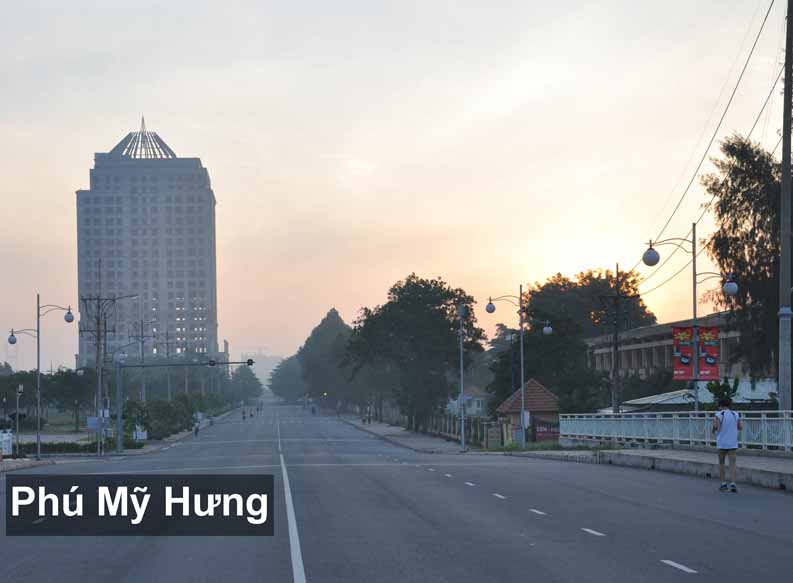
Home | About | Phú Mỹ Hưng
The Thủ Thiêm New Urban Zone is an ambitious yet unfinished project located across the river from District 1, Ho Chi Minh City’s central business district and historic center. Even though Thủ Thiêm is often depicted as “empty” or “wild,” the project has entailed the eviction of over 14,000 households, as well as the demolition of scores of historic and religious buildings. While many of the evictees are recent migrants, the displaced households also include residents who trace their ancestors back to the area for more than three generations, longer than they can count. Although few of the multi-generational households can pinpoint precisely when they came to Thủ Thiêm, the area has been populated by Vietnamese for as long as Saigon itself. The Thủ Thiêm market was established in 1751, and the Thủ Thiêm Catholic Church claims to be the oldest parish in Saigon.
Despite it’s rich history and its vibrant social life, Thủ Thiêm is often depicted as underdeveloped. Located just across the river from some of the most valuable real estate in Southeast Asia (if not Asia, and the world), planners and developers seek to completely “raze this area to nothing” (“giải tỏa trắng”) and aggressively engineer the area into developable land, literally forming a blank slate from which they can build anew. The site clearance and construction has almost completely evicted all of the residents from the area. The residents are forced to relocate to the fringe of the city and to learn how to adapt. Others had to return to their demolished homes and live in the rubble because they were not able to properly reintegrate back into society post-eviction. Many could not find a new location for their home or maintain their livelihood.
Studying eviction and land compensations issues in Thủ Thiêm reveals a complex relationship between residents and the Vietnamese state. The residents resist specific issues like evictions while displaying general enthusiasm for urban development as a whole.
Click here to read a brief history of Thủ Thiêm.
Click here for academic articles written by Dr. Erik Harms about evictions in Thủ Thiêm.
Thủ Thiêm Photos




Thủ Thiêm Interviews






